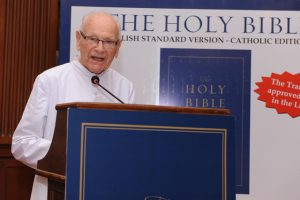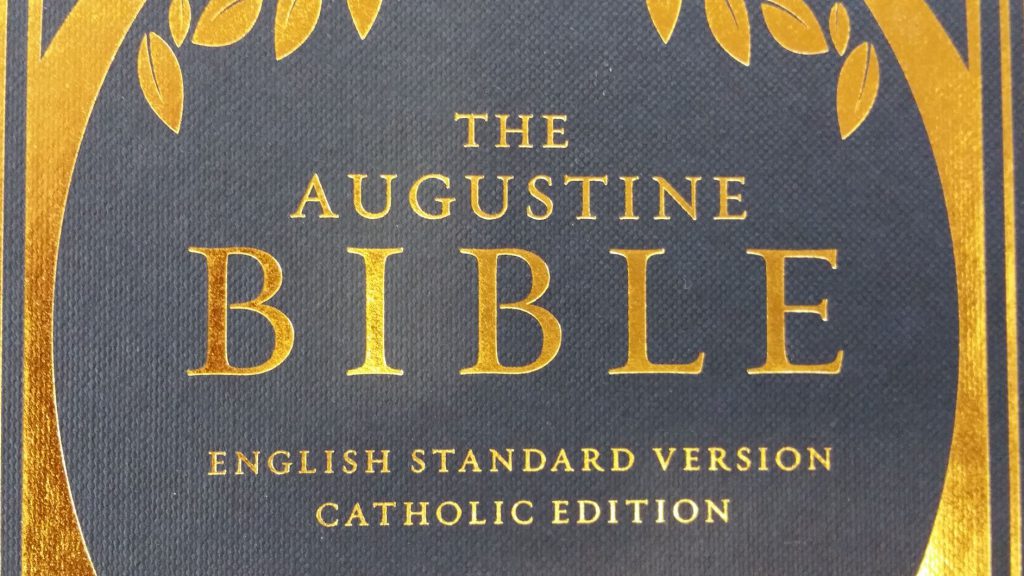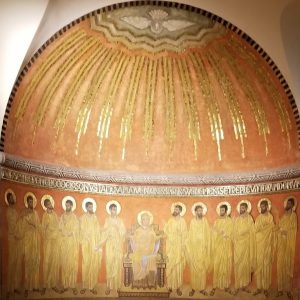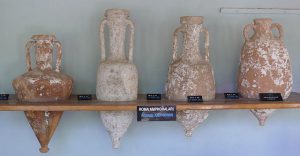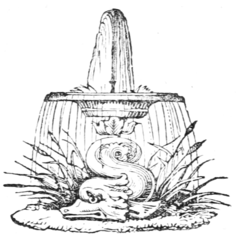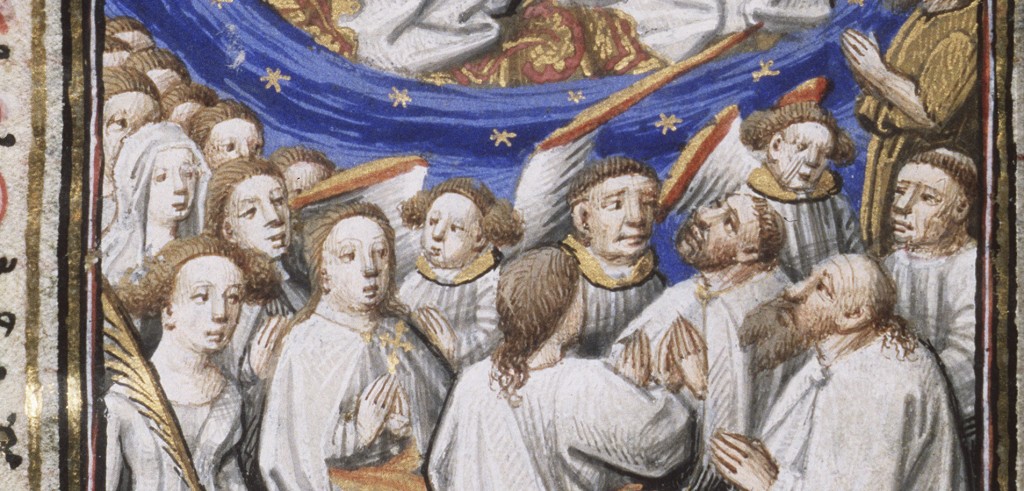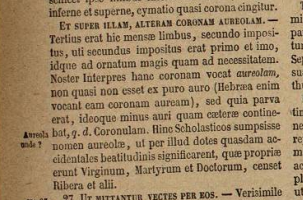 Last year, I wrote a post about the new English Standard Version Catholic Edition Bible (ESV-CE) published in India. This year, I have the great pleasure of announcing that this new translation is now available for purchase in the United States, thanks to the Augustine Institute! Yes, it is finally here.
Last year, I wrote a post about the new English Standard Version Catholic Edition Bible (ESV-CE) published in India. This year, I have the great pleasure of announcing that this new translation is now available for purchase in the United States, thanks to the Augustine Institute! Yes, it is finally here.
You can buy the ESV-CE Bible here: https://catholic.store/the-augustine-bible/
The Protestant Backstory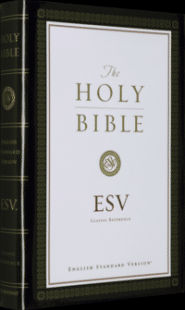
The ESV translation first came out in 2001 from Crossway publishers as a Protestant Bible for the Protestant market. The translation was partially born from a late-1990’s controversy over the inclusive language edition of the New International Version Bible–the NIVI. Many Bible readers were unhappy with the translation choices of the NRSV and NIVI. A new translation was needed. Instead of revising one of those translations, Crossway chose to go back to the RSV and then work from there.
What about the RSV?
The Revised Standard Vervsion (the Standard Version is the King James) originally came out in 1950’s and was revised in the 1970’s and then replaced by the NRSV. Many Catholic have used the RSV Bible in two versions–the original RSV-Catholic Edition and the so-called RSV-2CE from Ignatius Press, which was developed in partnership with the Congregation for Divine Worship under the guidelines of Liturgiam authenticam. The RSV-2CE is the translation in the Catholic Bible Study App offered by a partnership of Ignatius and the Augustine Institute.
What is different about the ESV?
The ESV is then a revision of the RSV. The ESV has modified about 60,000 words from the RSV. So it is a “daughter translation,” if you will, not a completely new from-scratch translation, but this makes the ESV feel like an old friend and a new teacher at the same time. It sounds strangely familiar and yet new. It offloads the archaic terms like the “thees, thous and wherefores.” It relies on better analyses of the manuscript tradition. The King James was based on the old Textus receptus of Erasmus, while the ESV is based on the newest critical editions available. It actually restores some King James readings that are more accurate than the RSV: “For example, Isaiah 7:14 was changed back to say, ‘Behold, the virgin shall conceive and bear a son.’ Psalm 2:12 once again says, ‘Kiss the Son,’ and Psalm 45:6 is once again a Messianic prediction that says, ‘Your throne, O God, is forever and ever'” (Source: Wayne Grudem, “The Advantages of the English Standard Version (ESV) Translation” p. 3).
How did a Protestant Translation become Catholic?
The Bishops Conference of India needed a new English translation for the Lectionary and other liturgical purposes. Crossway worked out a deal with them, where a team of Catholic theologians and Scripture scholars headed up by Fr. Lucien Legrand, M.E.P. (now 93 years old!), would review the ESV translation carefully and make some emendations. The Catholic team did indeed review–and change–the text of the ESV in preparation for publication. The biggest change was the Book of Tobit, which had to be retranslated from scratch. The translation was reviewed in accord with the norms of Liturgiam authenticam, then it was approved and granted the Impimatur by the whole Conference of Catholic Bishops of India and published in early 2018. It is available in India from the Asian Trading Corporation.
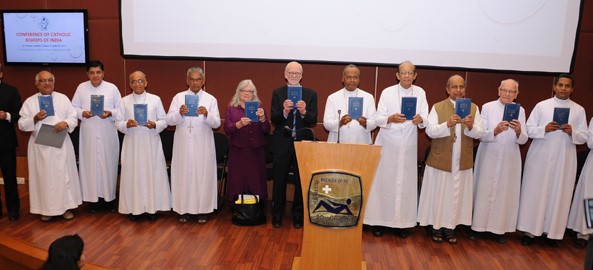
Indian Bishops with ESV (photo from daijiworld.com). Notice the founders of Crossway in the middle: Lane and Ebeth Dennis.
Speaking of Tobit, what about the deuterocanon?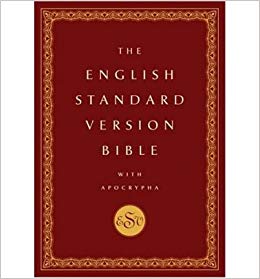
The original 2001 ESV did not include the deuterocanonical books (the ones in Catholic, but not Protestant Bibles), but in 2010, ESV did a joint publication with Oxford University Press which did include the deuterocanon. This edition, entitled “The English Standard Version Bible with Apocrypha,” was only published once as far as I can tell, but it served as the basis for the ESV Catholic Edition rendering of the deuterocanonical books, except Tobit, as I mentioned above.
Augustine Institute?
The Augustine Institute, where I teach as a professor of Sacred Scripture, though originally only a graduate school, has become something of a media and publication apostolate with our Formed.org video platform and our merger with Lighthouse Catholic Media. We struck up a conversation with Crossway about the ESV Catholic Edition a couple years ago. It became clear that Crossway, as a Protestant publisher, did not feel well-suited to serve the Catholic market and wanted a Catholic partner to promote the new translation. Earlier this year (2019), we reached an agreement and hurried to put out our first-ever Bible publication before the end of the year. (Well, our second if you count the “Bible in a Year” RSV-2CE to which I contributed.) We’ve dubbed it the “Augustine Bible” in honor of our patron.
 A New Beginning
A New Beginning
The first ESV Catholic Edition Bible available in the United States is now ready for order. It arrived in the Augustine Institute warehouse just a few days ago. This edition is really only the firstfruits of a huge new opportunity for Catholic Bible readers. Hopefully, the Augustine Institute will be releasing many different editions of this great translation over the coming years. I have enjoyed using the ESV for study and teaching for years and I hope that you enjoy the new ESV Catholic Edition as much as I have. So go ahead and order one and see what you think.
Here’s the link again: https://catholic.store/the-augustine-bible/

